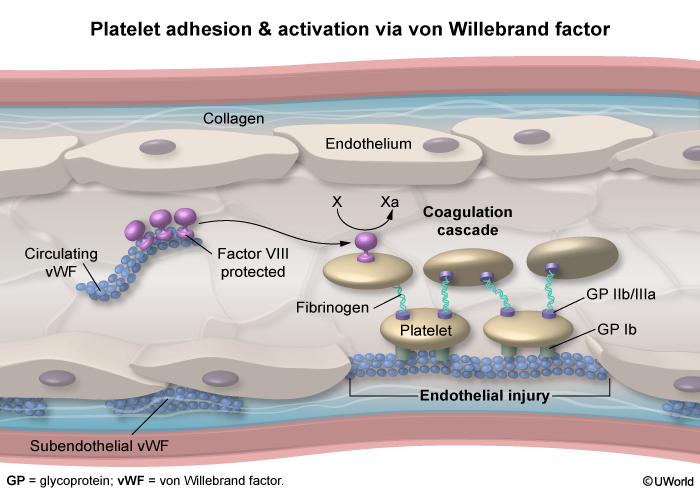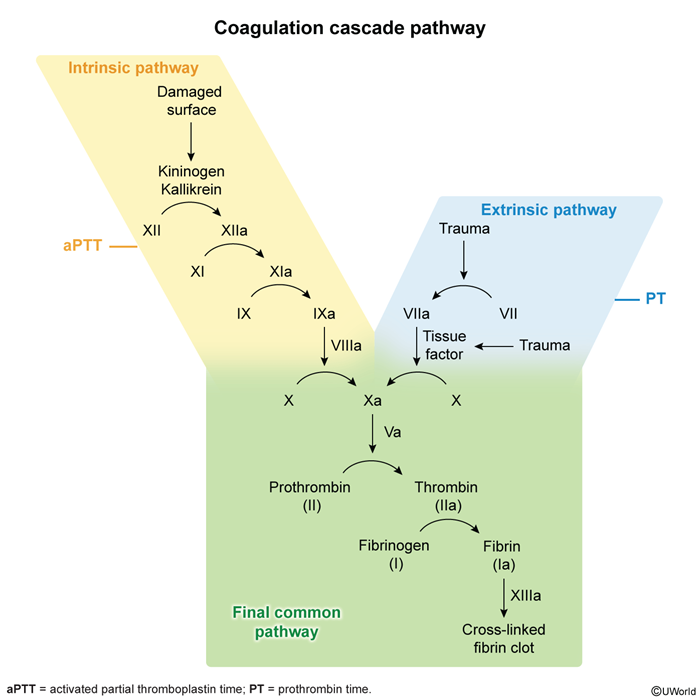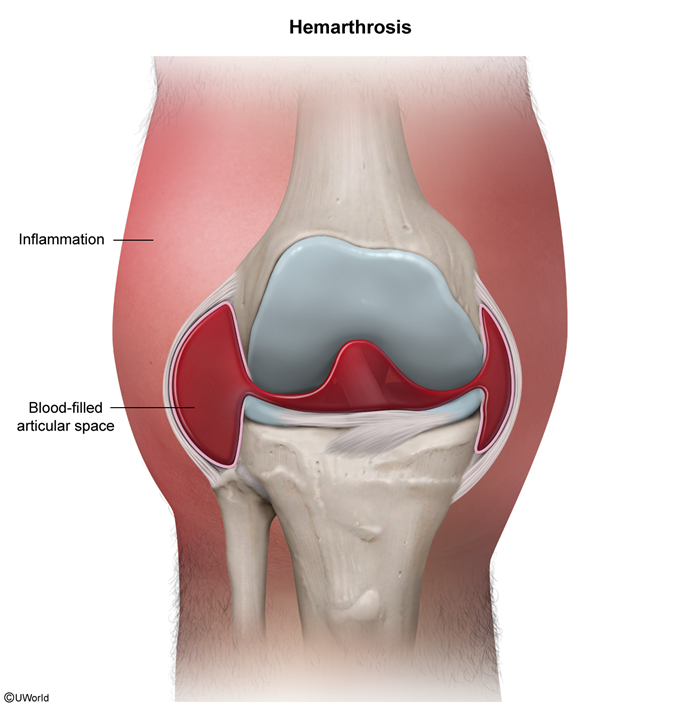Von Willebrand Disease
Article Sections
Introduction
Von Willebrand disease (vWD) is a bleeding disorder due to either decreased quantity or defective function of von Willebrand factor (vWF), a glycoprotein that plays a key role in hemostasis. vWD is the most common inherited bleeding disorder, and patients typically have mucocutaneous bleeding (eg, epistaxis, gingival bleeding, heavy menstrual bleeding).
Pathophysiology and risk factors
vWF is a long, multimeric glycoprotein produced by endothelial cells and platelets and has a role in both primary and secondary hemostasis:
- Primary hemostasis (ie, platelet adhesion and activation): At sites of endothelial injury, vWF binds to glycoprotein (GP) 1b receptors on platelets, facilitating platelet adhesion to the exposed subendothelial collagen (Figure 1). vWF also contributes to hemostasis by activating platelets to bind to one other (ie, platelet aggregation), forming the primary hemostatic plug. If primary hemostasis is impaired, patients develop easy bruising and prolonged mucocutaneous bleeding (eg, gingival bleeding, heavy menses).
Continue Learning with UWorld
Get the full Von Willebrand Disease article plus rich visuals, real-world cases, and in-depth insights from medical experts, all available through the UWorld Medical Library.
Figures

Figure 1

Figure 2

Figure 3
Tables
Table 1
Table 2